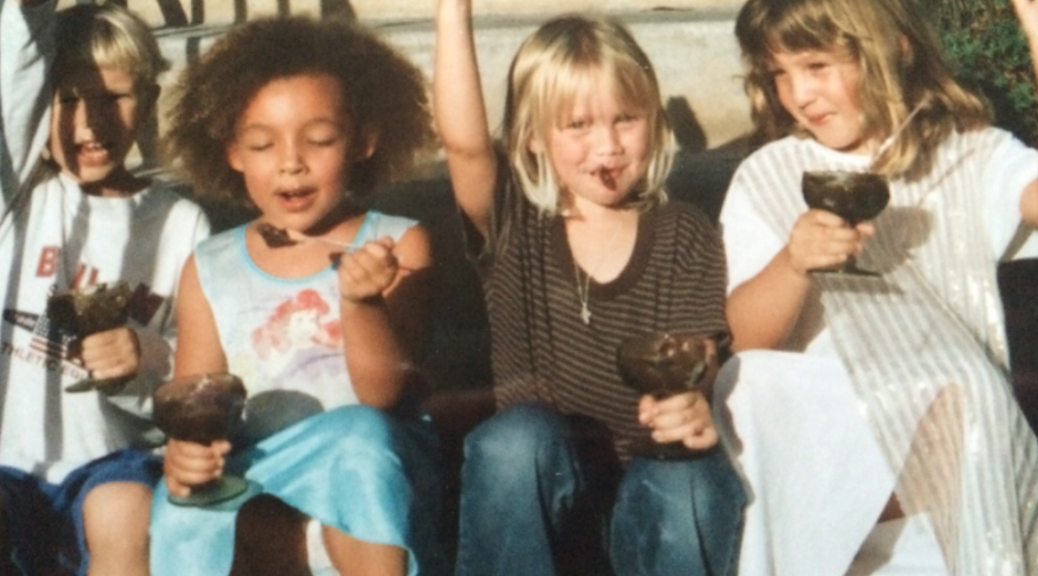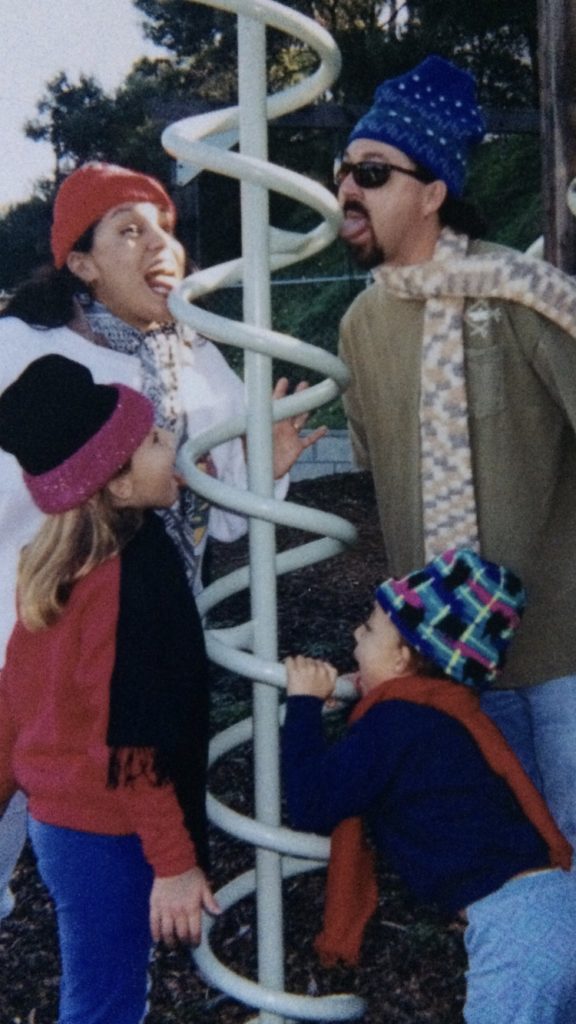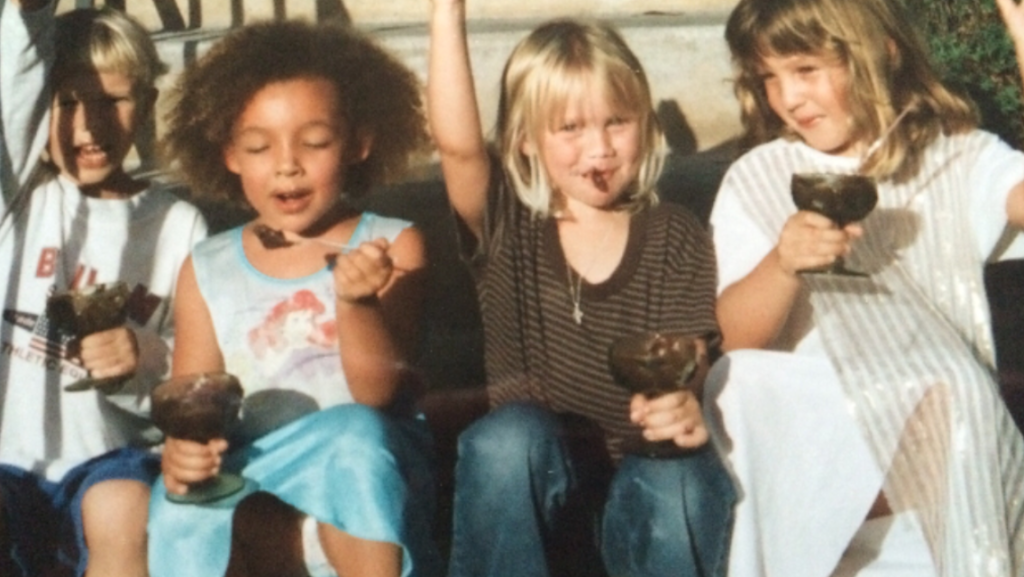
Belonging vs. Fitting In ~ How to Help Your Child Learn the Difference
As summer comes around, this is the best time to start the conversation about belonging instead of trying to fit in. Since we see this come into our children’s world as school begins in the fall, let’s start the conversation now!
“When we fit in, we assess a situation and then acclimate to that environment.” These are the words of Brene Brown on CBS This Morning Show. “Some of us change to be accepted. That’s not us being our authentic self.”
Brene Brown’s Research
Based on Brene Brown’s research she stated, “We are turning away from each other. We’re going to blame and rage and when we do that, blame and rage becomes anger and that’s all part of the pain we’re all experiencing.” She believes that we’ve become people who live in different sorts. As this sorting grows, so does our loneliness. “We’ve sorted ourselves to the point that we are lonely. We’re becoming more lonely and more balkanized.” Yes, we are with some that dislike the same thing we do, but that isn’t real connection. It’s something she calls, counterfeit connection.
As Brene Brown spoke about belonging vs. fitting in she said, “What we really need is to be reminded that we are all connected by something greater than ourselves. We are connected to each other in a profound way, and the thing that moves us away from that faster than anything else is fear. ”
Fitting In
Brian Kramer states in his article, The Difference to Belonging or Fitting In, “By fitting in, we are compromising on who we are, what we like, and how we appear in form.”

By trying to fit in, we are in a constant state of molding ourselves into a specific group of people. We try desperately to twist ourselves up like a knot on a rope in order to have the honor of being allowed to hang out with this group.
We fit in by wearing the same clothes, hair styles, and even act the same way. Nowhere is our true self found here. All that’s happening is that we’re being something that we’re not just to fit in. Happiness can’t be found in this space of acting.
Belonging
When we feel that we belong, we have a sense that our life has value. Belonging is a human need like food and water. It helps us cope with painful emotions leading us to being healthy and happy.
How do we know if we truly belong? When we are feeling that we are enough. When will we feel comfortable in our skin and feel at ease with comfort? This human emotional need is important to feel accepted into a specific group. When we belong, we feel stronger, more resilient, and happier.

Our Own Experiences
As I entered an elementary school for my substitute job, I carried my bag of tricks that also had my lunch, purse, and books. Along with my bag, I carried my confidence. However, it is always tested. Because of my experience as a technical sales rep for a prototype company, I’m accustomed to greeting those at the front desk without any problem. If someone is harsh, I realize it’s early and someone may not have had their coffee. They might not be a morning person or something big is going on and it’s none of my business.
As I walked into the classroom as a substitute, I always start with my smile. It is funny how we can be adults that feel the same need to feel accepted as our children. The smile puts the children at ease, because honestly, I’m a stranger coming into their space. I’ll say hello and always get waves and smiles back. There’s always the few who look at you like you shouldn’t be there. They may be students who aren’t good with change.
Belonging As Adults
Belonging or trying to fit in comes from the other adults. There have been many times that I venture into the lounge with some offering me a hello. The majority of the time it is as if I’m invisible. People will come in and not even acknowledge that I’m there. Even after offering a smile and voice a conversation starter, they simply turn and get on with their lives.

Using our own examples in life, we can teach our children how to cope in this situation. I have learned that all I can offer is my smile and love. I’m simply there to help out a teacher that can’t be there for their class. I choose not to become like them. I don’t try to fit in and I offer them my true self. Sometimes the quiet negative feeling from others can be disheartening; however, it is our choice to try to act like them to fit in or to be ourselves showing where we belong.
How to Help Our Children Belong
With the school year coming to a close, this is actually the best time to start working on the belonging vs. fitting in concept that comes up at the beginning of next fall. Since our kids are being swayed to fit-in based on all the social media available to them, this is a perfect time to spend small moments each day to change this thought.
As stated in the article for Michigan State University Extension called, Help kids learn the difference between “fitting in” and “belonging”, by Karen Pace, our children are faced with trying to fit in on a daily basis through emails, texts, and social media. In my opinion, summer months are the best time to change all this. It does come with parents making sacrifices in their time as well as keeping this as the number one priority at this time.
Break the Mold
Young people see the message of fitting in as the way to belong. They think that they must fit into a certain mold. They start to think that they need to participate in the popular clubs and sports. As their parents, we have to show them examples of what belonging really means by wanting and what it looks like in reality. We need to show them how we belong to certain things and how we don’t change our ways to fit someone else.
Belonging is important to healthy human development. We need to help our children see that by belonging, it is a place where they want to be and where they are accepted. Helping our children see that acceptance is key to their success. They need to feel accepted. Being accepted is belonging, not changing everything we enjoy and like about ourselves in order to fit in. That should be spoken about on a daily and weekly basis.

As we explain this, we must be honest and tell them that it is difficult sometimes. We must help our children realize that they don’t have to be like everyone else in order to be liked by others. If people begin to make fun of us because we aren’t like them, we need to realize that we are fitting into their world. Reminding them that we ourselves have gone through this as a child will help them ask questions. They become confident because they know they can come to you with any questions as they venture through this area of belonging.
Ways to Insert Belonging vs. Fitting In Daily
While you think of fun summer things to do, try to have the main subject of belonging vs. fitting as the central idea. When enjoying the beach and pool, point out that everyone wears a different bathing suit based on their likes and body size.
By finding a child’s reading series at the library with the theme of belonging and not fitting in, you can help them because they see it played out in the story. Read the book every evening and spend time talking about chapters where the character does what they like and not what everyone else does. Talk about how they should belong and not just fit in.
As you offer these stories and examples to your child, you are helping them to see the possible outcomes. Help them recognize the difference, that way by the time the new school year comes around, it is set in their consciousness to be themselves and celebrate that idea.
Haas, Susan. “Stop Trying to Fit In, Aim to Belong Instead.” Psychology Today, 2013, www.psychologytoday.com/us/blog/prescriptions-life/201310/stop-trying-fit-in-aim-belong-instead.
Karen Pace. “Help kids learn the difference between “fitting in” and “belonging” , Michigan State University Extension, 2013.
www.cbsnews.com/news/author-brene-brown-social-scientist-new-book-braving-the-wilderness/. “Author Brene Brown on the difference between belonging and fitting in.” CBS The Morning Show. 12, September 2017.